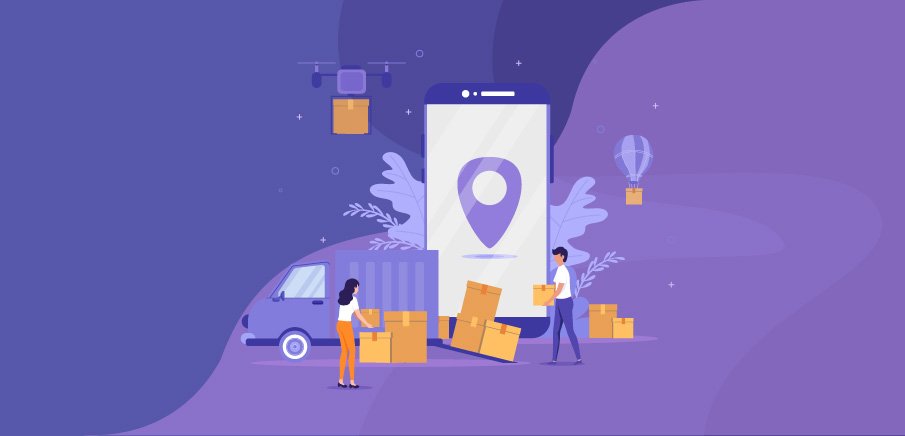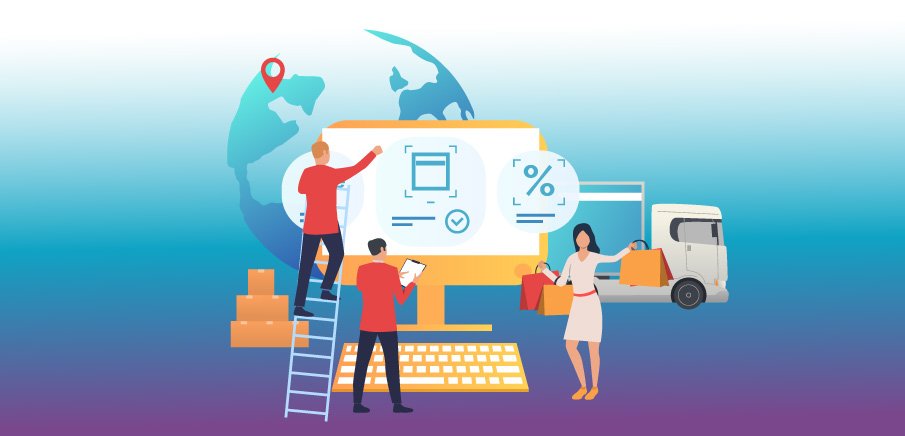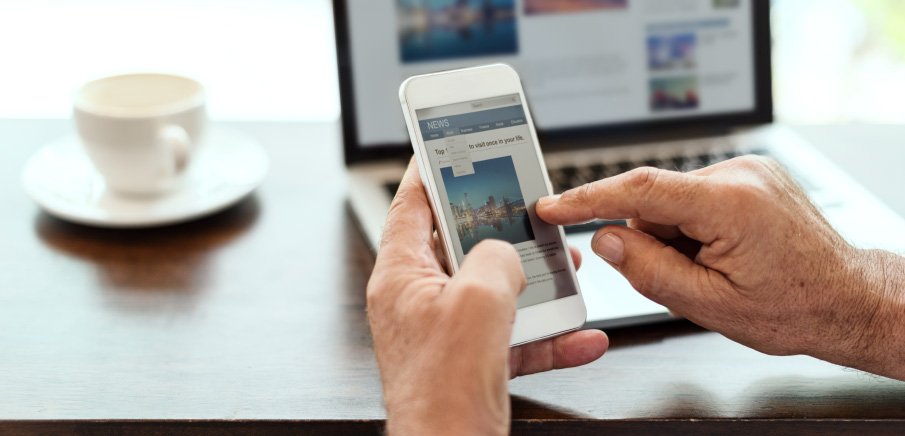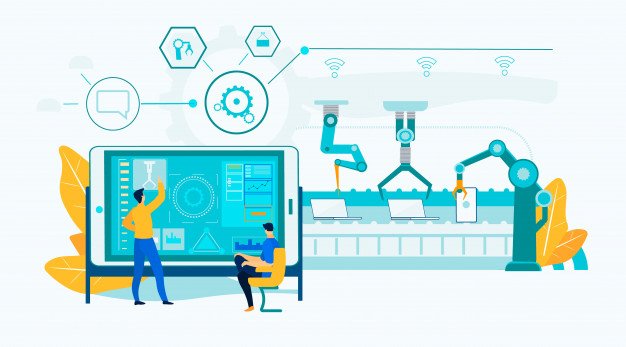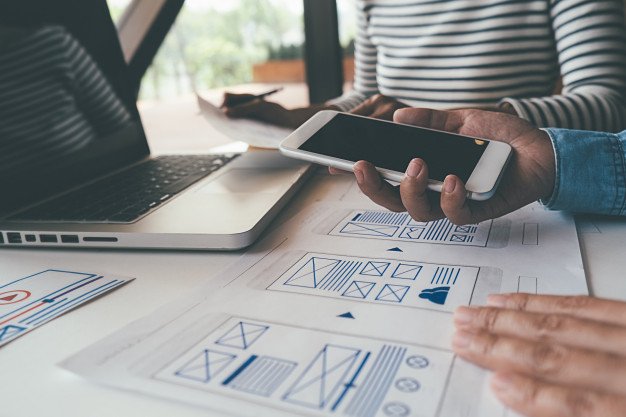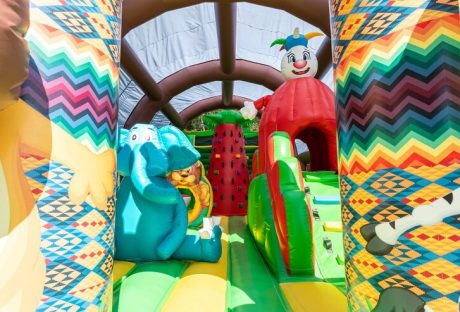People usually search online when they require some services. To succeed as a service provider, one cannot afford to lag in this globally competitive market and increasingly innovative environment. The traditional marketing method cannot match up with the increasing global consumers’ demand for quality and professional Service Delivery Website; hence, the need for an efficient service_based website.
A quality and professional website does not just reflect information concerning a company’s brand but a platform where consumers (customers) can relate adequately to any business organization. A well-articulated and professionally designed service_based website is capable of drawing online traffic to a business. This is due to desirable and emotionally appealing features which satisfy the yearnings and expectations of customers.
Whether as a product_based website or service_based website, a professionally designed website plays a significant role as a global selling point. To get more information about a professionally designed website, check out this link: https://careerfoundry.com/en/blog/web-development/what-is-a-full-stack-web-developer
A Service Delivery Website:
A service_based website is a website designed for service rendering and not for product rendering purposes. It is intended for convincing and attracting internet users toward services rendered by a business organization. A professionally designed website for service delivery is to sell the individual or individuals behind the organization to the world. Since organization rendering services do not produce physical products but services such as finance, legal, hospitality, or entertainment, a service_based website presents the concepts and ideas of the man behind the business.
The following principles can promote a professional website designed for service delivery; though some of them can as well support product_based site;
Foundation Laying and Background Design:
A professional business website will target the right customers; this forms the bedrock or foundation for designing a service_delivery website. The professionalism behind any service delivery website design will address the uniqueness of customers for which it was intended.
The layout feature of a service_based website can have a single_pager or multi_pager outlook depending on the choice of the business owner. A single or one_pager design has one menu item leading to different sections or categories of the same page. The multi_pager design has different unique pages for each part of the website. However, the single or one_pager design has been found and recommended for new businesses or service delivery organizations due to its simplicity and secure management.
Website Branding:
A professional service delivery website speaks much about the individual or individuals driving the organization and not any physical product. So, a service_driven website must have useful concepts that relate to certain features of an organization such as domain name, logo, and visual representation. The domain name of a professional service delivery website must be very strategic to the principle and the mission of a business organization.
The business logo as small as it may be, speaks volumes and should be reflected on the website design because it is a good selling point. The visual and color representation of a service delivery firm should be attractive and appealing to the emotions of online visitors who visit the site.
Inclusion of Relevant Pages:
A service delivery website can have many contents, but it should be professionally managed and structured to contain only essential and relevant pages. This section is highly critical and demanding because this is where the visitors interface and interact more with a business on the web. For instance, the home page is the first point of contact with a business organization online. It should be inviting and appealing to would_be customers but must pass the necessary information about the organization to the visitors.
Though the number could be many, the relevant pages associated with a service_based website are; About page. This shows the personal description and background of oneself and the organization. The contact page is also vital as it is dedicated to reaching the business or the company’s representatives through phone numbers,e_mails, fax, and social media channels.
Service and Booking Feature:
This is a very crucial part of service delivery website design because it’s a section that requires customers to take individual decisions as regards the service rendered by a business organization. This requires that the services be well analyzed with necessary action to be made by clicking some service buttons. This includes negotiating prices, types of services rendered, and booking an appointment with the organization. Payment options available to customers and; how, when, and where the service will be provided are also spelled out.
Testimonial and Quality Ratings:
This is a section where satisfied previous customers express their views and assessments concerning the services rendered by the organization. They reveal their experiences with the services, which can also be star_rated based on what they got. Positive testimonials from previous customers will encourage new ones the organization for its services.
Feedback Channels:
Feedback channels such as FAQ and the client’s chat menu are essential in service delivery websites. Businesses can welcome customers’ complaints and views and take proper actions to address them. Also, building a host community of loyal customers through social media outlets such as Facebook, Twitter, Instagram, and blog is essential to expand the scope of the service.
Mobile Compliant Website:
A professional service_based website should be mobile-friendly. It should be designed to work not only on PC’s and laptops but with mobile phones. This creates unlimited access to a business by customers at any point in time.
Website Promotion:
It is not enough to launch a service delivery website, but it should be promoted to drive it towards the target customers. Although this can require the cost of promotional fees to be paid by the business owner. However, there are website promoters who offer low-cost promotional fees online.
In conclusion, service delivery organizations do not sell physical products but ideas and concepts which require critical thinking to launch and promote online services. It is imperative, therefore, for service rendering organizations to pay more attention to building professional websites that can best promote their services.
Read Also:













